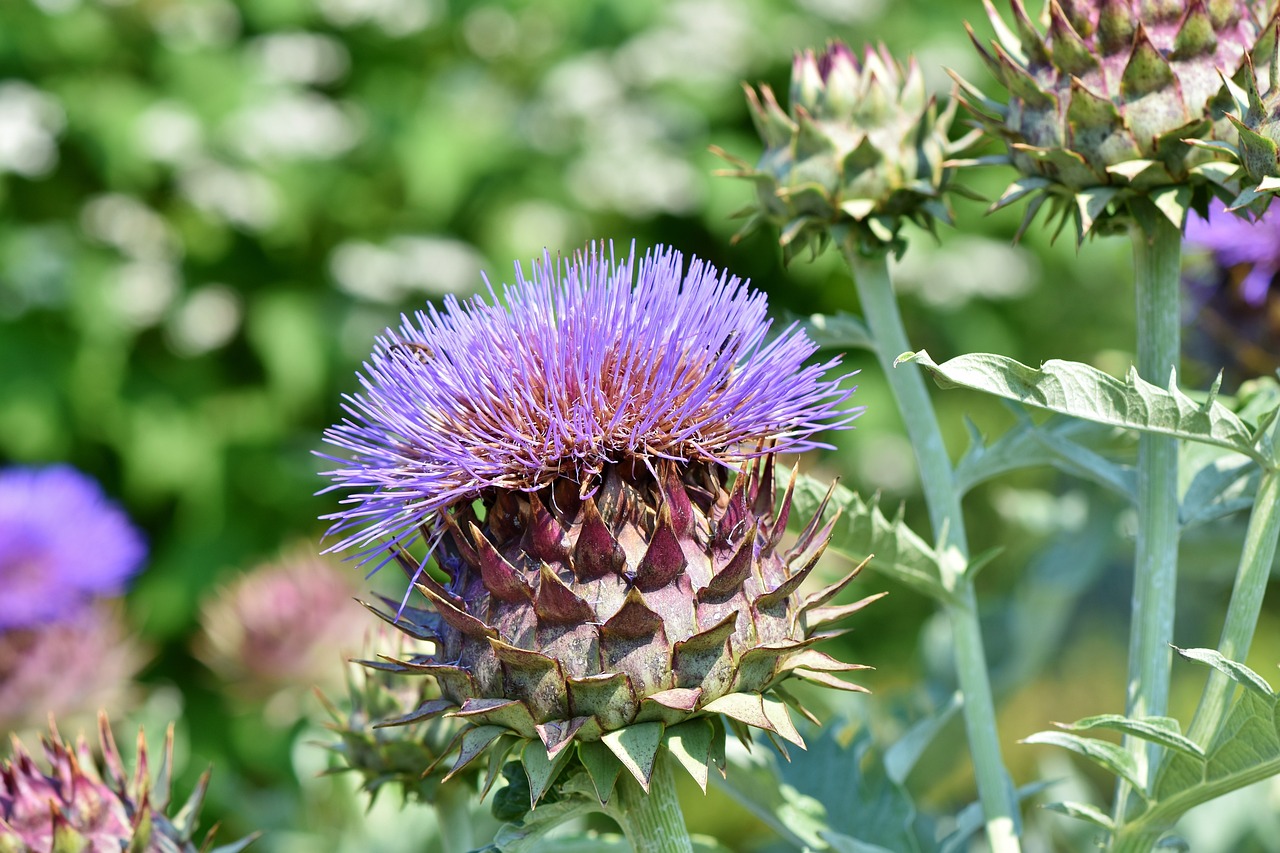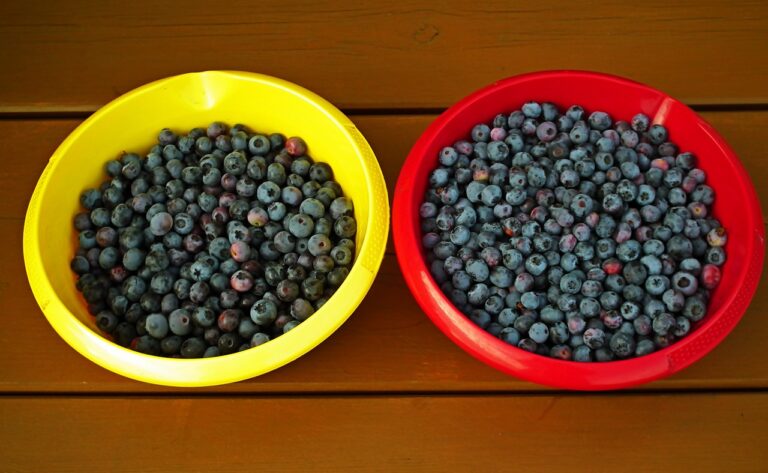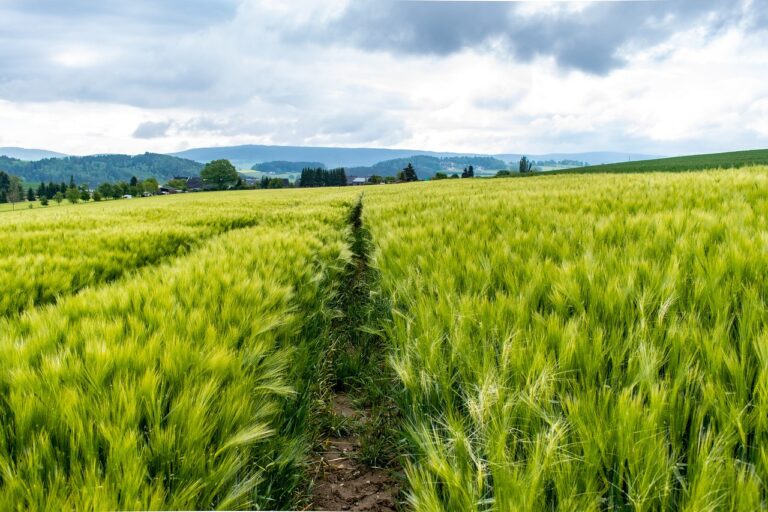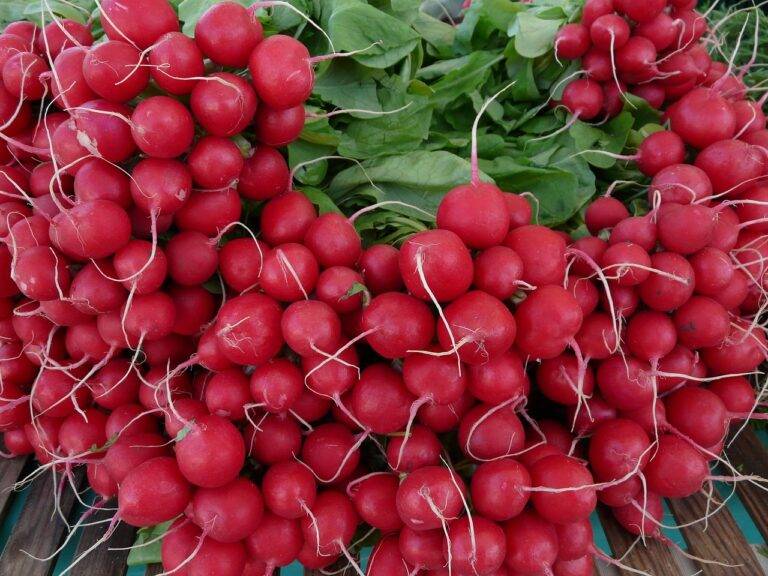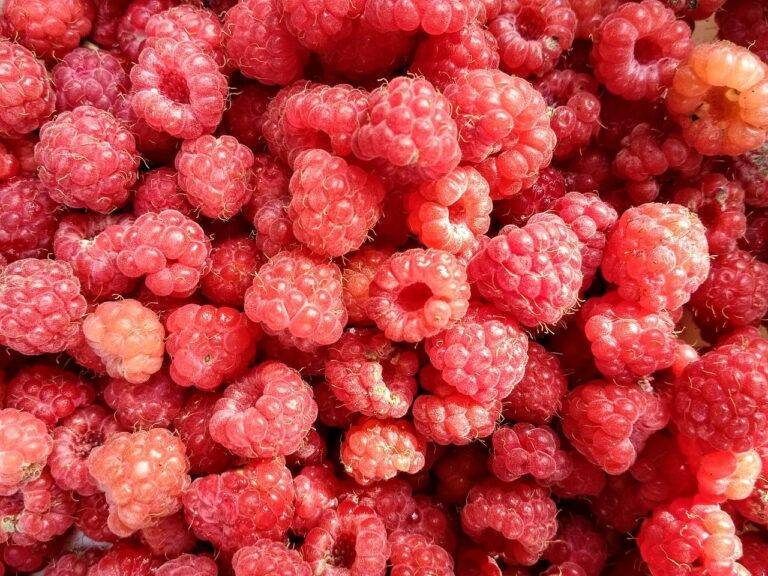Investigating the potential of fruit pulp and puree in addressing food deserts: Allexch login app, 99 exch, All panel login
allexch login app, 99 exch, all panel login: Food deserts, defined as areas with limited access to affordable and nutritious food, have been a longstanding issue in many communities across the globe. These areas often lack grocery stores, farmers markets, and other sources of fresh produce, making it challenging for residents to maintain a healthy diet. As a result, individuals living in food deserts are more likely to suffer from diet-related health issues such as obesity, diabetes, and heart disease.
While initiatives to address food deserts have primarily focused on increasing access to fresh fruits and vegetables, there is potential in exploring alternative solutions that can help bridge the gap. One such solution is the use of fruit pulp and puree as a means to provide nutritious, convenient, and affordable food options to residents of food deserts.
Fruit pulp and puree are made from the flesh of fruits that have been processed and strained to remove seeds, skins, and other solid materials. They are commonly used in the food industry to add flavor, color, and texture to a variety of products such as juices, smoothies, yogurts, and baked goods. However, their potential goes beyond just being a food additive they can also serve as a valuable ingredient in addressing food deserts.
By incorporating fruit pulp and puree into a range of food products, such as fruit cups, snack bars, and frozen desserts, food manufacturers can create convenient and affordable options that are not only nutritious but also shelf-stable and easily transportable. These products could be distributed through existing channels such as convenience stores, corner markets, and food pantries, making them accessible to residents of food deserts who may not have easy access to fresh produce.
Furthermore, fruit pulp and puree offer several key advantages that make them well-suited for addressing the unique challenges of food deserts. For starters, they have a long shelf life, which means they can be stored for extended periods without refrigeration. This is essential in areas where access to fresh produce is limited, as it ensures that residents have access to nutritious food options that won’t spoil quickly.
Additionally, fruit pulp and puree can be used as a base ingredient to create a wide range of products that appeal to different tastes and preferences. Whether it’s a mango puree for a tropical smoothie or a berry pulp for a fruity snack bar, the versatility of these ingredients allows for a diverse array of products to be developed to cater to the varying needs of residents in food deserts.
Moreover, fruit pulp and puree are nutrient-dense, containing essential vitamins, minerals, and antioxidants that are beneficial for overall health and well-being. By incorporating these ingredients into food products, residents of food deserts can easily incorporate a variety of nutrients into their diets without having to rely solely on fresh produce.
In conclusion, fruit pulp and puree have the potential to play a significant role in addressing food deserts by providing convenient, affordable, and nutritious food options to residents who may not have access to fresh produce. By leveraging the versatility, shelf-stability, and nutritional benefits of these ingredients, food manufacturers can create innovative products that help bridge the gap between limited food access and healthy eating habits in underserved communities.
FAQs:
Q: How are fruit pulp and puree different from fresh fruits?
A: Fruit pulp and puree are made from the flesh of fruits that have been processed and strained to remove seeds, skins, and other solid materials. They are often used as ingredients in various food products, whereas fresh fruits are whole fruits that have not been processed.
Q: Are fruit pulp and puree as nutritious as fresh fruits?
A: While fresh fruits may contain more fiber and water content, fruit pulp and puree can still be a nutritious option as they retain many of the essential vitamins, minerals, and antioxidants found in fresh fruits.
Q: Where can I find products made with fruit pulp and puree?
A: Products made with fruit pulp and puree can be found in grocery stores, health food stores, and online retailers. Look for options such as fruit cups, snack bars, smoothie mixes, and frozen desserts that contain these ingredients.

